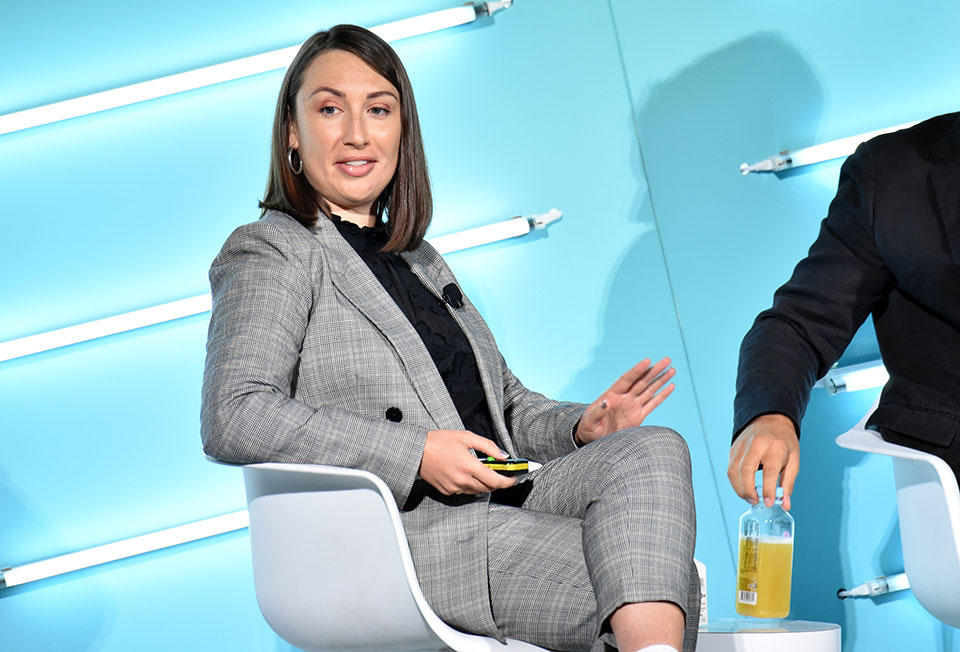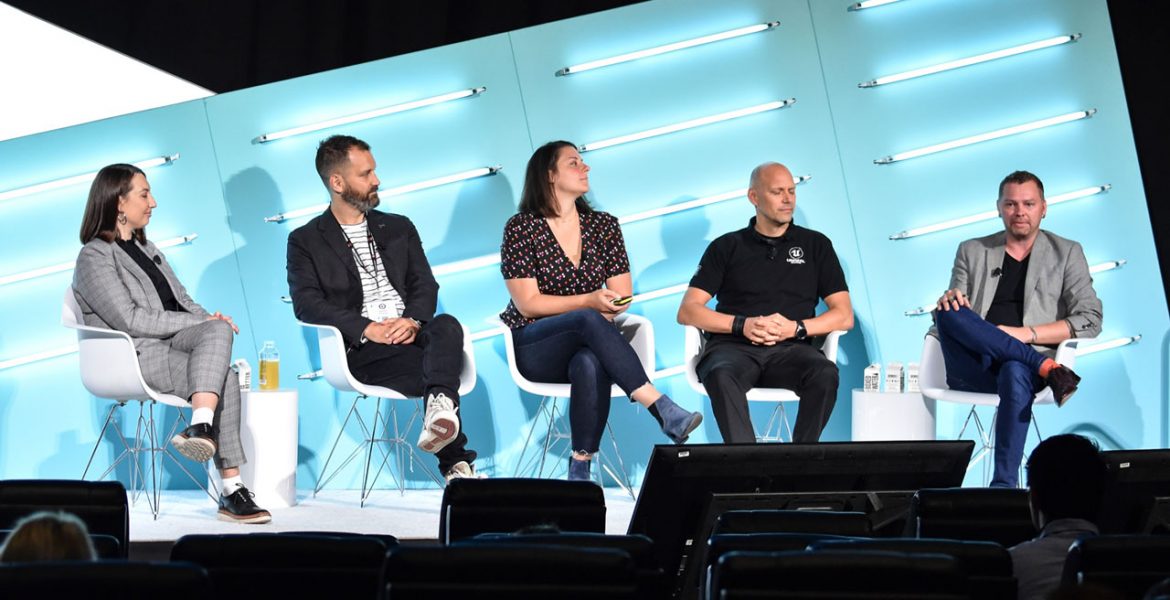“Games are where we truly allow ourselves the freedom to think differently,” Nathan Phillips said today at the ‘Could the Future of Advertising be Inspired by Game Design?’ Advertising Week seminar, where he and four of the foremost experts on gaming and advertising discussed the relationship between the two subjects and how game design will influence the future of marketing.

Phillips, along with Heiko Wenczel, Julie Babb, Ricky Bacon, and Sarah Stringer comprised this panel of experts, with each bringing a unique perspective and knowledge on gaming and advertising. Some, like Wenczel, who is the Head of Detroit Lab at Epic games, are in the gaming industry itself and are looking for new ways to innovate advertising and other industries using game design.

Others, like Stringer, the SVP and Head of innovation at Carat USA, are experts in marketing, and have found new and inventive ways to incorporate game principles and ideas into their work in advertising. Together, they examined some of the most innovative ways gaming and advertising have been intersecting recently, and the ways in which game design can help advertisers to better connect with their consumers.

One of the central ideas that the panel focused on during their discussions was the immersive nature of games, and how that could be applied to advertising. The modern relationship between brands and consumers is vastly different than it was 30 years ago. Rather than being a one-way conversation held mostly through consumers viewing television ads, it is now a truly interactive experience in which the consumer relates to the brand of their own accord, on whatever platform is their preference. This gives marketers the opportunity to learn from game design, and create all-encompassing user experiences that tell a story across all platforms.
The group brought up participation theory with regards to this idea; human beings have an innate desire to feel in control, which includes the ability to interact with brands in any way they want. Game designers know this idea well, and have responded with countless open world games that allow users to do almost anything they like. Marketers can learn from the success of these games and use a similar line of thinking when forging a relationship with their customers.
Another key topic that the panel discussed was the idea of an “immersion economy”, rather than an “attention economy”. According to Julie Babb, the current trend for advertisers is to create content that immediately catches a person’s attention. This is largely due to the perception that modern consumers have very short attention spans, and decide very quickly whether to watch or to skip.
While it is true that consumers tend to be flooded with information, Nathan Phillips argued that people still crave a good story above all else. This is a large part of why gaming has become such a lucrative industry in recent years: a great story that a user can interact with is a huge draw, and something that engages them on a deeper level. Rather than focusing solely on grabbing attention, advertisers should also understand the value of a well-woven narrative, and consumers well engage with that content even more. Immersive storytelling is the key to gaming, and can be the key to successful advertising as well.
Getting a group of people with as diverse backgrounds and expertise as this panel is a rarity, and it made for some interesting discussions and conclusions. It is clear gaming, and the design thinking behind it is a great resource for advertisers, and can help to create more immersive and innovative user experiences.
Want to learn more about this and other important industry topics? Be sure to visit AWLearn, Advertising Week’s new your-round education platform.
Photos: Shutterstock / Advertising Week


Hello, its pleasant post about media print, we all know media is a enormous source of information.